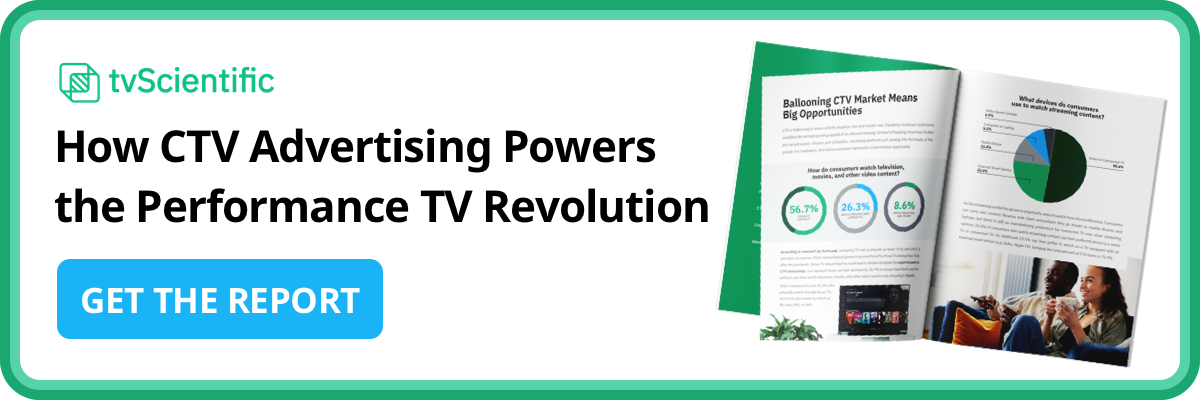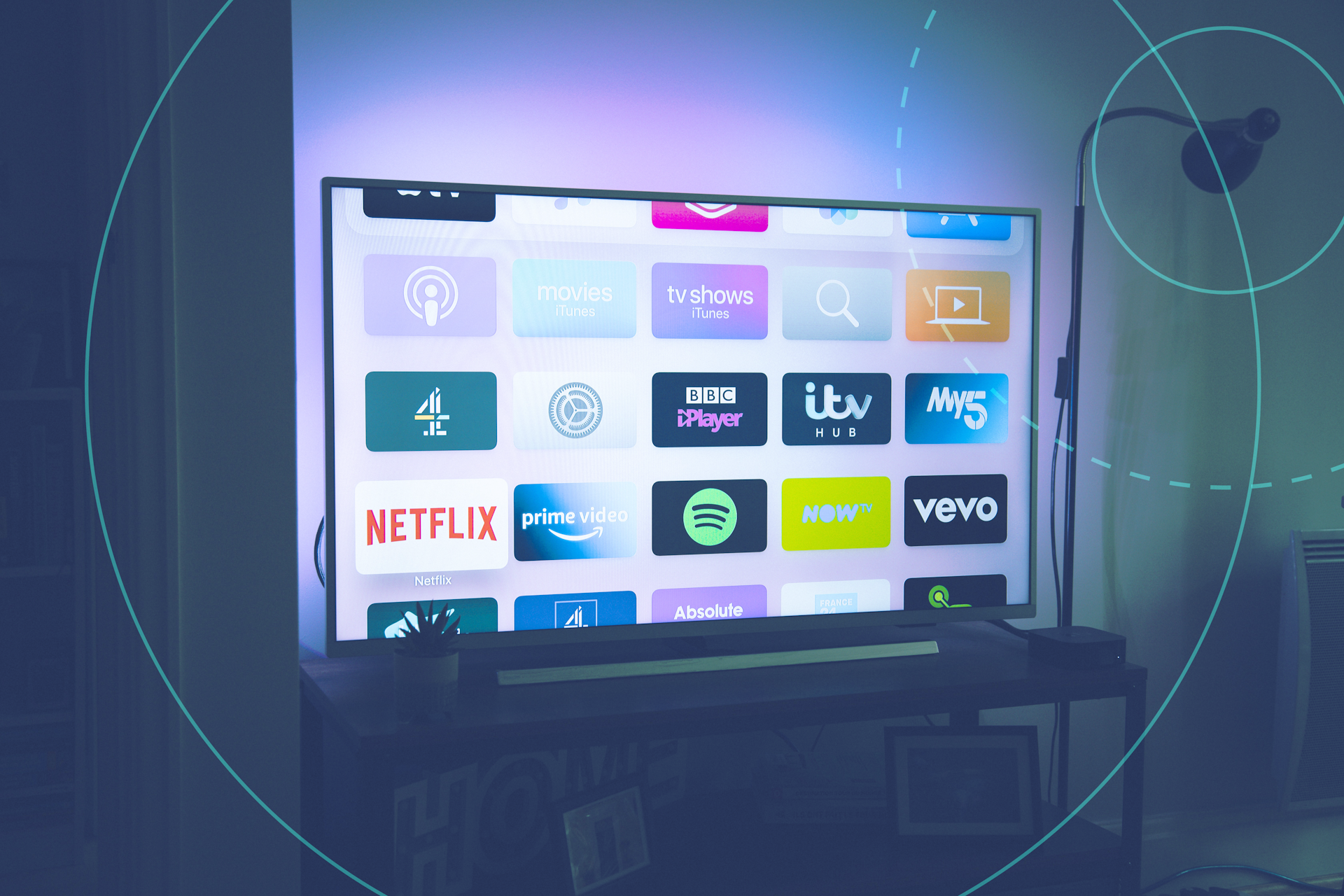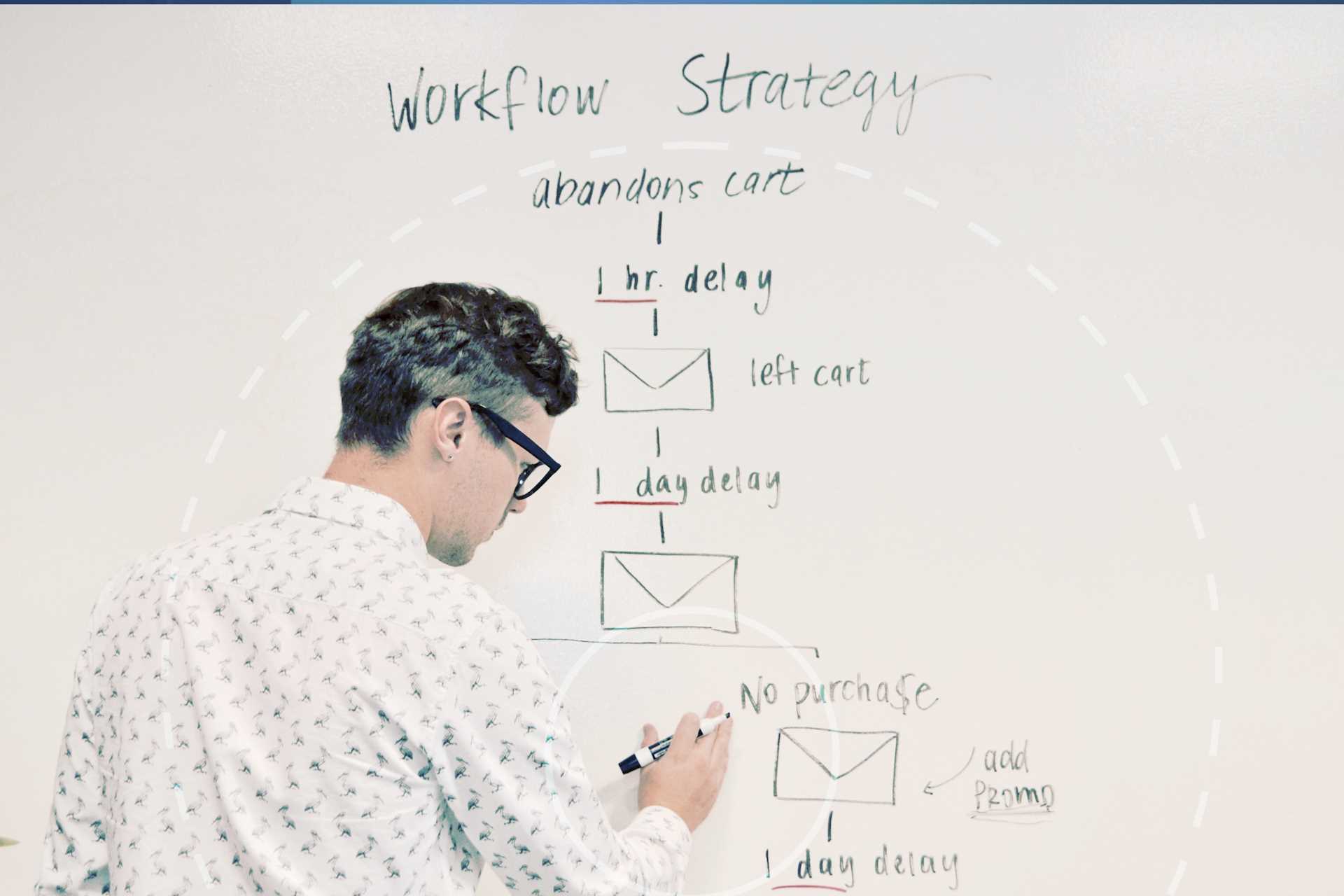B2B demand generation marketers, it’s time to think outside the box. Use these 7 alternative strategies to gain more qualified leads and establish expertise.
In a competitive marketing landscape, brands need to think outside the cost-per-click box
The B2B marketing game has fundamentally changed. Acquiring long-term, high-lifetime-value clients and partners is more challenging than ever due to the sheer volume of marketing messages audiences see on a daily basis. Cost-per-click prices are on the rise as conversion rates drop, making this once-powerful marketing strategy far less effective for the demand generation stage of the customer journey. In the modern era, B2B marketers must go beyond CPC and connect with their target audiences in a way that fosters brand recall and long-term loyalty.
If you’re still relying on CPC campaigns for the bulk of your marketing portfolio, it’s time for a fresh approach. These seven alternative B2B demand generation strategies will help you diversify your marketing portfolio and drive profitable growth.
Discover strategies, metrics, examples and more with The Complete Guide to Demand Generation.
7 Ways to Diversify Your B2B Demand Generation Strategy
Video Marketing
When you’re trying to convey why your product, solution, or service outperforms the competition, it’s important to show, not tell. Video marketing helps B2B companies reach their audiences with engaging creative content that allows them to say more than a simple static ad would. Research shows that 92% of marketers receive positive ROI on video marketing, while 96% call it an “important part” of their marketing strategy.
With so many marketers relying on video marketing for B2B demand generation strategy, it’s critical that you choose your platforms carefully. Connected TV platforms like tvScientific garner higher conversion rates than Facebook or Google — all while being easier on your budget. Additionally, ads on television and streaming services beat out social media, websites, and mobile games for brand recall, since they catch the audience’s attention at a time when they’re most engaged with the screen in front of them. To learn more about the power of CTV marketing, read our report: How CTV Advertising Powers the Performance TV Revolution.
Social Media Engagement
If you’re only using paid social media ads, you’re missing out on opportunities to organically engage with your audience, create brand awareness, and build credibility. With the right approach, social media can be a powerful spoke in any B2B demand generation strategy, but building a follow-worthy presence takes time. Start with some market research and analyze how your closest competitors are utilizing their social media accounts, as well as the platforms and content receiving the highest engagement numbers. You’ll want to post a mix of content that’s interesting without being disruptive to other users — think blog posts, surveys, and sharing industry articles with your own commentary.
For a B2B audience, LinkedIn is a must; 82% of B2B marketers find their greatest success on the professional platform when compared to other social media platforms. Additionally, more than 137 million people in the United States alone use LinkedIn daily, and the average visit is over seven minutes, making it ideal for sharing thoughtful longform content that puts your expertise (and your company’s unique value proposition) on display.
Content Marketing
You’re always ready to sell, but your audience isn’t always ready to buy. Content marketing is an effective B2B demand generation strategy that can bridge that gap by giving potential customers a reason to seek out your business while they’re still in the research phase of their journey.
Content marketing takes many forms; blog posts examining industry trends, explainers, data-based reports, infographics, and case studies are just a few. It allows you to demonstrate that you understand your audience’s pain points and concerns. Once they know you speak their language, they’re more likely to consider you when they’re closer to making a decision. What’s important is that the content is genuinely informative, not aggressive, as you have to build a relationship with your audience before moving into the sales pitch.
Search Engine Optimization
Content marketing and search engine optimization go hand-in-hand; after all, if you’re publishing thoughtful, educational content on your website, you want to make sure people can find it. However, modern SEO is far more complex than simply using as many trending keywords as possible. In fact, this process — known as keyword stuffing — can actively damage your search rankings in the wake of Google’s August 2022 “helpful content” update.
In order to avoid damaging your SEO strategy before it even gets off the ground, use a content-first approach that happens to utilize relevant keywords and phrases, instead of working the other way around. Tools like Moz can help you unearth SEO opportunities, helping you strike a balance between highly searched and under-utilized keywords. This way, you know that your content is filling a knowledge gap, making it genuinely useful and poised to hit Google’s first page of search results.
Influencer Partnerships
The word “influencer” might bring to mind Gen Z TikTok stars hopping onto the latest pop culture craze, but the world of B2B influencer marketing is decidedly different. B2B influencers typically build their followings on a foundation of professional success, meaning that those in your industry likely have a point of view that resonates with your intended audience. Partnering with these professionals also provides access to their extended reach, introducing more businesses to your unique solutions.
Naturally, the platform of choice for B2B influencers is LinkedIn, but don’t be afraid to think outside of the social media box. They can pen guest blogs on your website, join you on panels at industry events, or appear as guests on podcasts; the options are wide and varied. What’s most important is ensuring that any influencer partner is a good fit for your industry, your particular offerings, and your brand values, as potential clients will associate their actions with your company.
Personalized Experiences
One of the reasons it’s so crucial to make meaningful connections with your audience is that clients want to feel like they’re a priority. Generic messaging created to appeal to a wide demographic won’t work in B2B demand generation marketing, so you’ll want to personalize the experience as much as possible. It’s especially important when it comes to your mid-funnel nurture content, but top-of-funnel content can benefit from personalization, too. Start by defining your audience: Are you targeting decision-making executives? Marketing managers? What industries does your business serve? Are there specific geographical locations in which you operate?
This personalization should begin at the content creation stage and continue throughout every stage of the campaign. Take advantage of your preferred advertising platforms’ targeting capabilities to ensure that your message is getting through to the right people at the right time. By creating personalized marketing experiences, you’ll have one more way to let potential clients know that you understand their unique needs and pain points — and that you’ll treat them like a person, not just another account.
Thought Leadership
Thought leadership could be considered part of your content marketing strategy, but it requires a strategic approach in order to be effective. Often appearing as longform content on prestigious industry publications, thought leadership articles serve to inspire audiences, influence the industry at large, and leave readers feeling more informed about the topic. Thought leadership also helps raise your executives’ public profiles, creating influencers right within your own company. As an added bonus, these articles become useful talking points during the sales stage of the marketing funnel, since they clearly and concisely communicate your brand value. Thought leadership pieces can generate helpful buzz when they appear on industry sites, but don’t forget about your own real estate; if your site has a blog, you can publish there, too.
Find B2B Demand Generation Success with tvScientific
When it comes to B2B demand generation strategy, your success depends largely on your ability to craft a diversified strategy that goes beyond traditional advertising models. By targeting the appropriate audience, honing your brand voice, sharing your expertise, and taking advantage of up-and-coming creative platforms, you’ll be able to fuel sustainable growth while increasing your brand’s public profile. Want to know how tvScientific can help take your B2B demand generation to the next level? Get in touch to set up a free demo.







